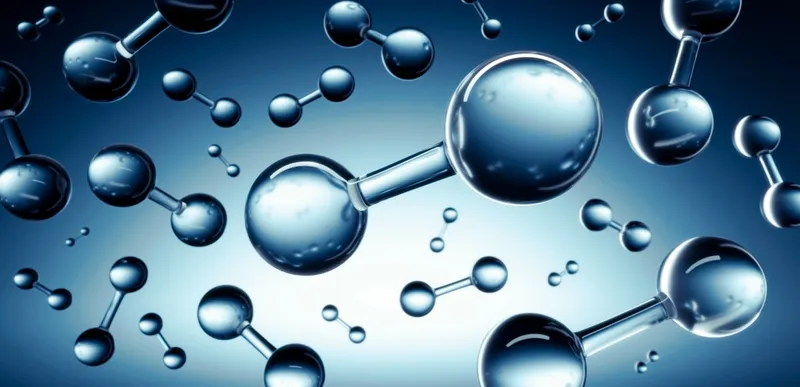The European Commission has issued details of its European Hydrogen Bank (EHB), first announced in September by EC president Ursula von der Leyen in her State of the Union address. EHB is intended to cover and lower the cost gap between renewable hydrogen and fossil fuels for early projects. This will be achieved through a domestic market auction system for renewable hydrogen production to support producers through a fixed price payment per kilo of hydrogen produced for a maximum 10 years of operation. The first pilot auctions are being designed and are due to launched this autumn, backed by €800m from the Innovation Fund.
EHB will have four pillars, which will be implemented by the EC. There will be domestic market auctions and similar auctions for imports into the European Union with the operation, design and institutional set-up of the support scheme for renewable hydrogen imports mirroring the fixed premium auctions proposed for EU-based production of renewable hydrogen.
"Over time, the initial concept of green premium auctions could be extended to further reduce the risk stemming from the uncertainty of offtake agreements by establishing an intermediary executing double-sided auctions. Such an intermediary would sign agreements both with the producer and the offtaker. Such an approach is already implemented through the German H2Global foundation," the EC said.
The third pillar will facilitate blending public and private finance with existing financial instruments to support hydrogen projects and the fourth will be to increase demand visibility by linking with offtakers, parallel EU member state initiatives and data centres.
The EC said 8m tonnes of hydrogen are consumed within the EU, primarily produced from natural gas with less than 0.3m tonnes of electricity-based hydrogen. Only 160MW electrolyser output capacity is installed in the EU, while a production target of 10m tonnes of renewable hydrogen would require between 80GW and 100GW. This will require roughly 150GW–210GW of additional renewable capacity that can generate low-cost electricity to make renewable hydrogen competitive with fossil fuel alternatives.
The total investment needed to produce, transport and consume 10m tonnes of renewable hydrogen are expected to be €335bn–€471bn, with €200bn–€300bn needed for additional renewable electricity production. The investments for key hydrogen infrastructure categories by 2030 are estimated at €50bn–€75bn for electrolysers, €28bn–€38bn for EU-internal pipelines and €6bn–€11bn for storage. Upscaling electrolyser manufacturing capacities will require investments estimated at a maximum €1.2bn. An additional €500bn of investment will be needed in international value chains to enable the import of 10m tonnes of renewable hydrogen, including derivatives.







